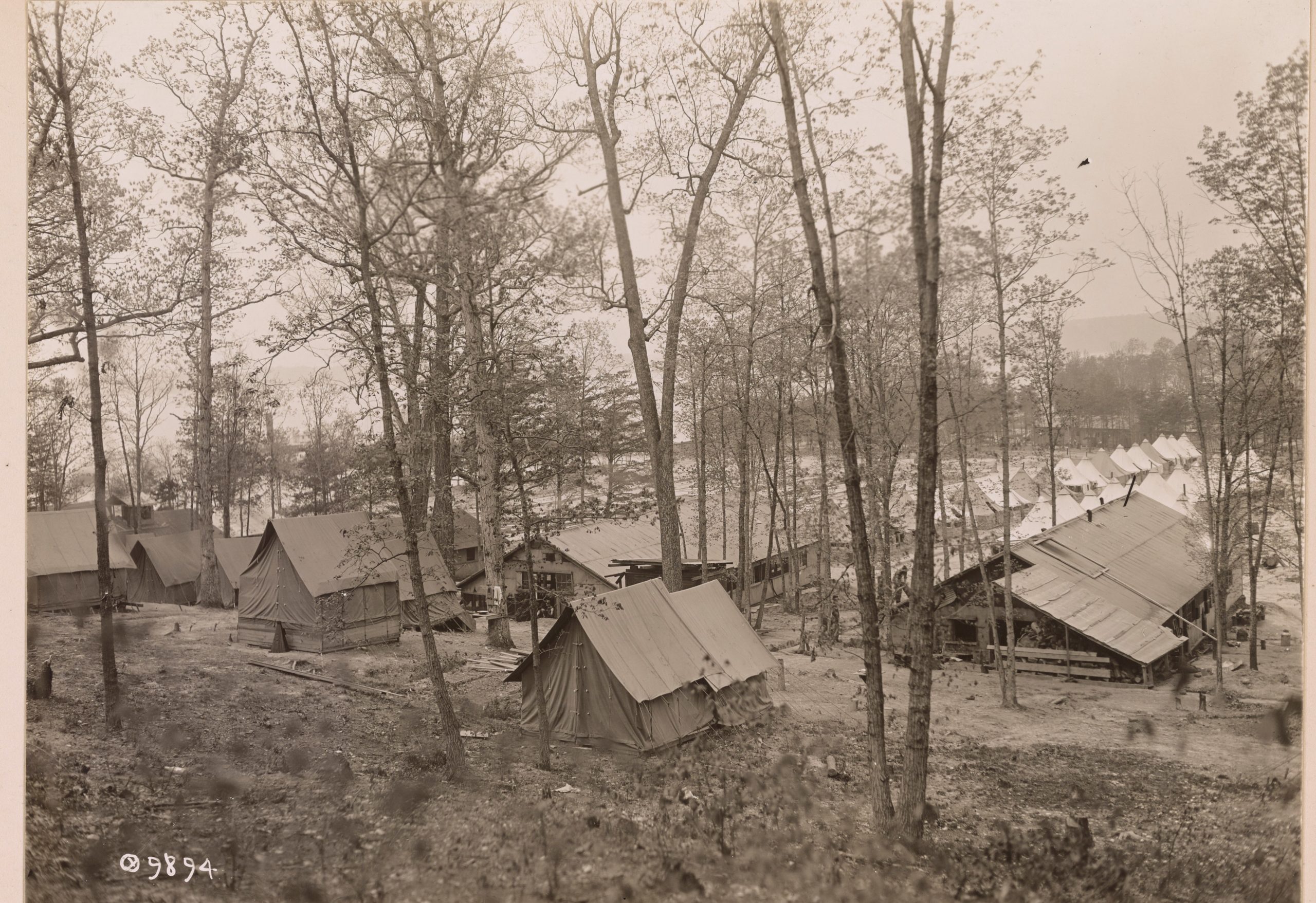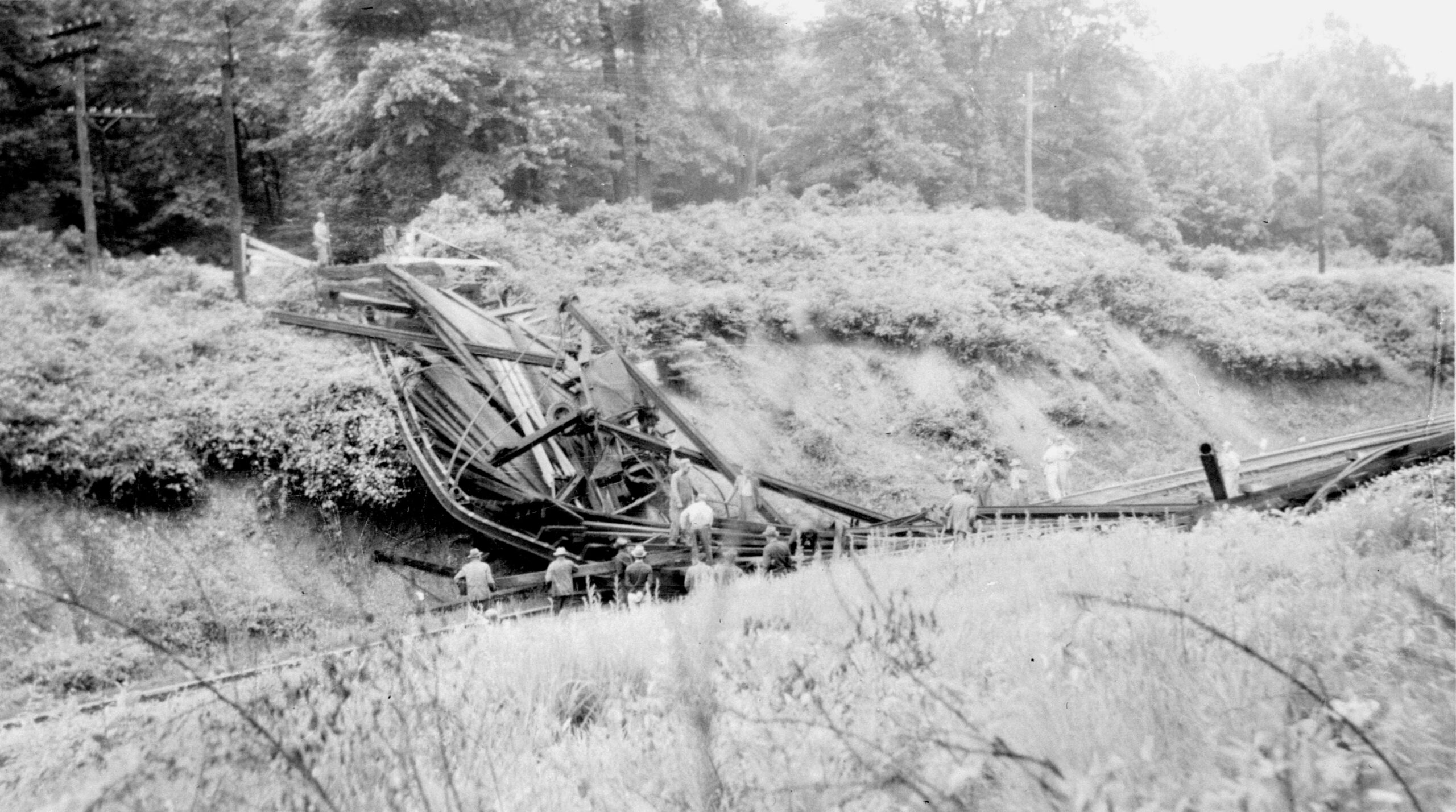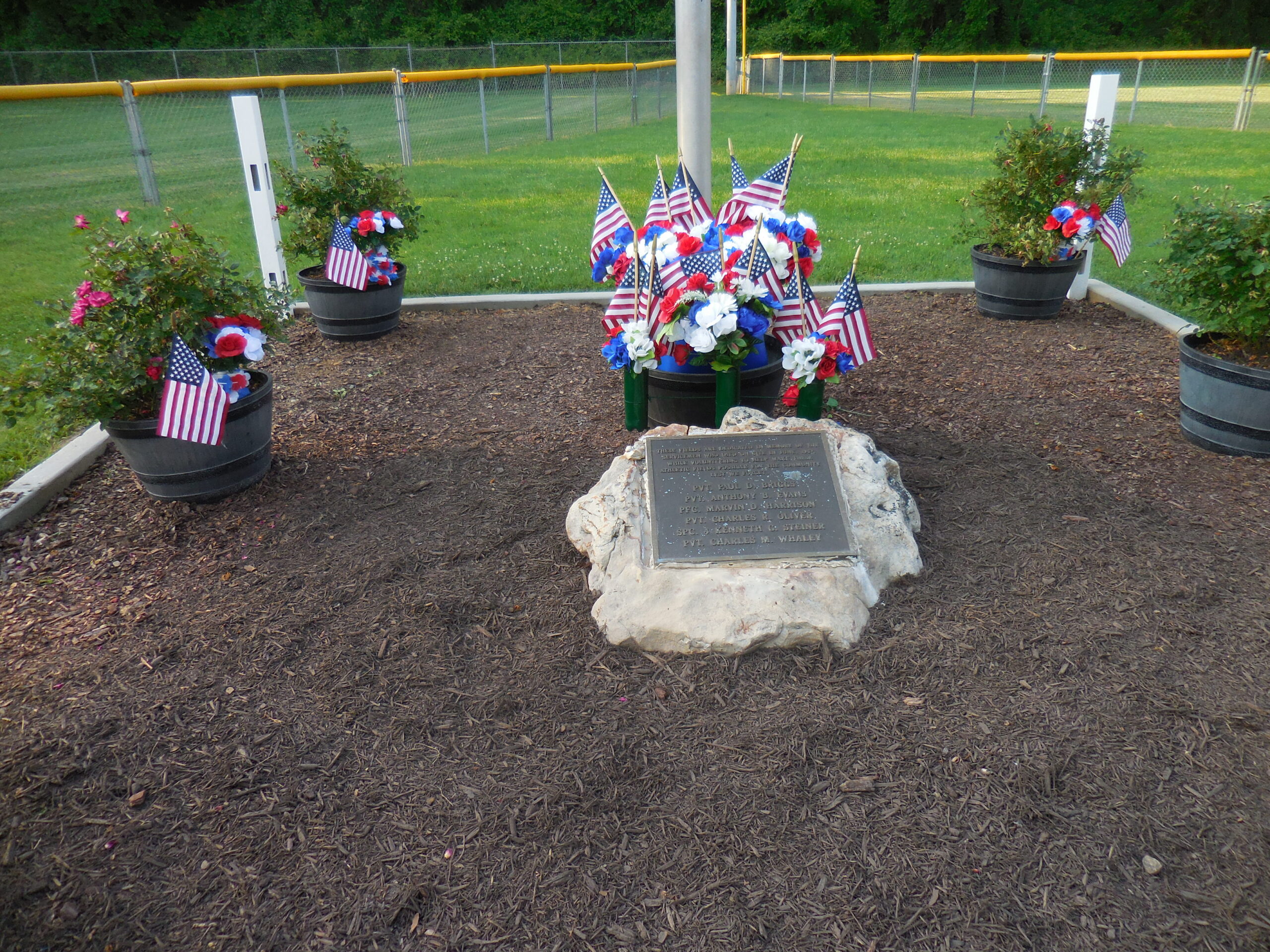By Mary Lipsey and Debi DeLoose. In the late 1800’s an iron truss bridge was…

A History of Lake Accotink – Part 1
By Debra DeLoose
Accotink Creek is around 25 miles in length. It begins north of Lake Accotink in the area of Fairfax City and ends at Accotink Bay where it empties into the Potomac west of Fort Belvoir. However, there has not always been a Lake Accotink.
When the Fitzhugh family owned the land, no lake. When the armies went across the area during the Civil War, no lake. A creek, no lake. Nor has there always been a Fort Belvoir.
So what do these things have in common, the creek and Fort Belvoir? A dam.
Let us go back to 1875. At this point Anna Maria Sarah Goldsborough Fitzhugh (widow of William Henry Fitzhugh) and her niece Mary Ann Randolph Custis Lee (widow of Robert E. Lee) are both deceased. The Fitzhugh property known as Ravensworth has now been divided between the 5 children of Robert E. Lee. This includes Robert E Lee II (married with two daughters), Mary Custis Lee Berkley (married with a son), William Henry Fitzhugh Lee aka “Rooney” (married with two children), Mildred Lee (who never married) and George Washington Custis Lee aka Custis (who never married.)
The parcels inherited by Rooney, Custis, and Mildred converge about where the Lake Accotink dam is currently. Pieces of the land that is now Lake Accotink Park were owned by each of these three Lee children.
Let us travel down Accotink Creek, nearer to where it enters the Potomac. Belvoir was the historic plantation and estate of colonial Virginia’s prominent William Fairfax situated on the west bank of the Potomac River in Fairfax County, Virginia at the present site of Fort Belvoir. The main house — called Belvoir Manor or Belvoir Mansion — burned in 1783 and was completely destroyed during the War of 1812. Fairfax Family association with Belvoir ended in 1820. Over the next 3 decades the Belvoir property as well as the property that was part of other plantations in the peninsula such as Mt. Airy and Cedar Grove changed hands considerably. The large plantations now became smaller land holdings.
In 1910 a 1500 acre tract of land (which had been part of the Belvoir plantation) was acquired by the federal government. The original intention was for this land to become a federal penitentiary. Various community and patriotic groups opposed the development of a prison so close to Mt. Vernon and the idea was scraped. The prison was ultimately built in Lorton. In 1912 the land was transferred by Congress to the War Department.
The land the army acquired was meant to serve the army as a summer camp and rifle range for the engineering corps stationed at nearby Washington Barracks in Washington, DC. But things changed in 1917. With the outbreak of WWI, the camp was turned into a more permanent establishment and was given the name Camp A. A. Humphreys, after a distinguished Civil War engineer, General Andrew Humphreys.
When construction at Camp Humphreys began in Sept. 1917 and when the first troops began arriving for training in May of 1918, the sole source of potable water was ground wells. By the time the fall of 1918 arrived the number of troop’s had increased from 7500 in May to 25K in September. The rapid increase in personnel due to the war necessitated another water source be found.
In 1918 the decision was made to construct a water filtration plant to purify water from Accotink Creak. Accotink Creek was dammed to create a reservoir. Originally known as the Springfield Dam, when it was first built in 1918, the first dam across Accotink Creek created Lake Accotink as a safe, stable water source for Camp Humphreys. This dam originally cost $100,000 to build and was contracted to the Amburson Construction Company. The reservoir it created covered 110 acres and was 23 feet deep.
Camp Humphreys was a very active training camp and by the end of the war over 50K enlisted men and 4900 officer candidates had been trained at the facility. The camp continued in operation after the war and received the designation of Fort Humphreys. The original dam was demolished in 1922 although there is indication that water from the Accotink was still being used by the fort.
1922. No dam. No lake. No Fort Belvoir. Watch for the next installment of the story of Lake Accotink coming in the near future.


